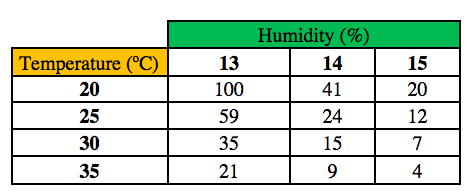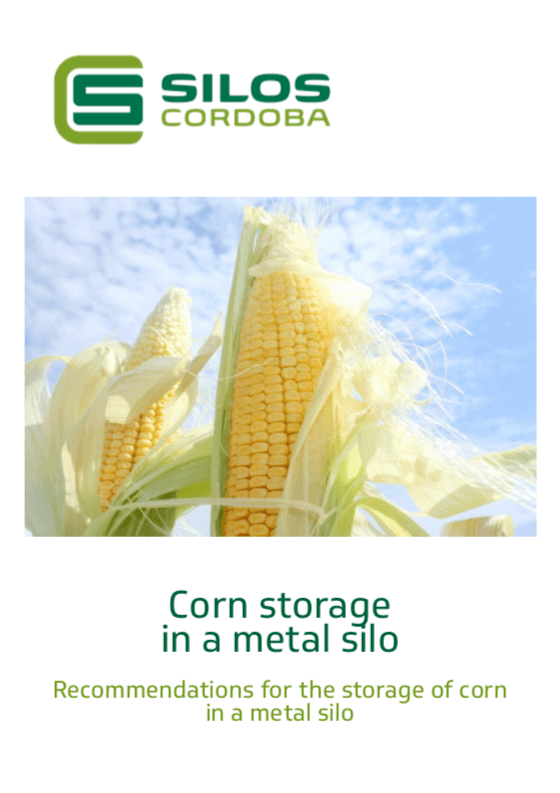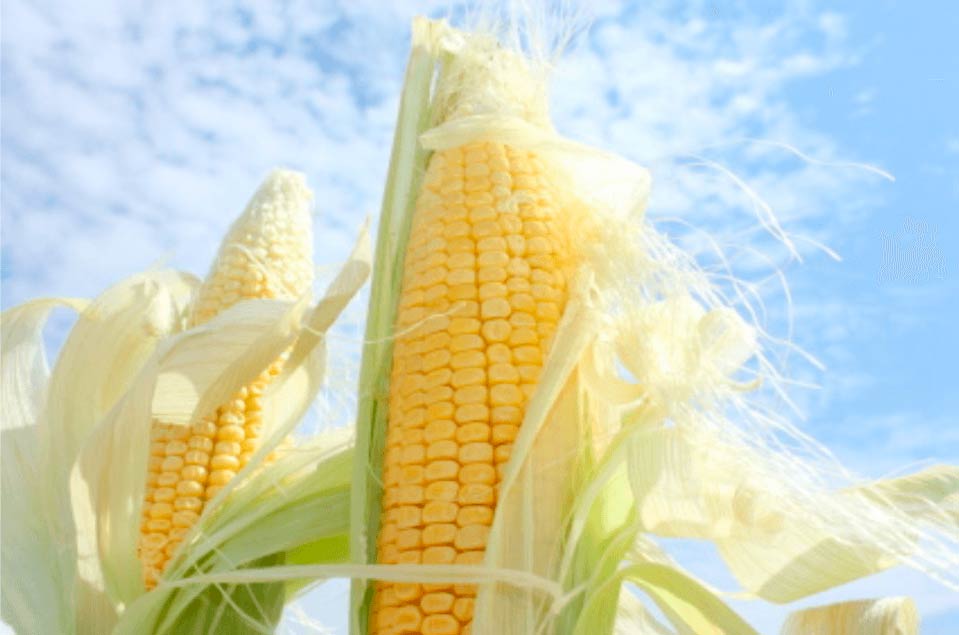Corn storage in a metal silo
In this article we are going to explain the control plans that are required for the proper storage of corn in a metal silo, a common question many of our clients have.
Since cereal grains are hygroscopic, they usually develop a relationship with the moisture around themselves to achieve a balance with the air atmosphere. Depending on environmental conditions either the grain takes the humidity from the environment or the grain transfers its own moisture to the exterior.
The worst effect can be grain humidification, which can lead to fermentation (anaerobic oxidation), which increases the temperature and damages grains, allowing the proliferation of insects.
The grain is a “living being” and therefore breathes naturally and should have the optimal conditions of humidity and temperature.
Therefore, control plans for grain storage in metal silos are:
- Temperature control system
- Dimensioning adequate ventilation with centrifugal fans.
- Cooling system, ie, cold air ventilation (if necessary).
For corn in particular, optimal conditions for long storage periods are:
- 13% humidity
- Temperature of 15 ° C
The table below indicates the theoretical days of storage without deterioration of the corn kernel:

DOWNLOAD PDF FILE, including Corn storage plants by Silos Córdoba worldwide:

Need more tips or advice? Please visit our FAQ’s section
RELATED CONTENT
Differences, Advantages & Disadvantages
- Advantages of using steel silos for grain storage instead of storing the grain in warehouses
- Advantages of using a Steel Silo over a Bag Silo for Grain Storage
- Advantages of a Steel Silo vs. a Concrete Silo for grain storage
- Difference and benefits of a galvanised steel silo and a carbon steel silo with food paint
Safety tips for grain handling and storage
- Requirements to store grains safely
- The importance of temperature control inside the silo
- How to minimise spoilage during the storage of soybean
- Indicators to detect problems with the soybeans stored in a silo: Heating, change in color, musty odour, lumping and caking
- What are the necessary control plans for storing corn in a metal silo?
- How to store grain to reduce post-harvest losses and protect its quality
General Guidelines









